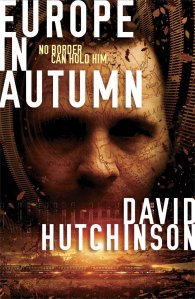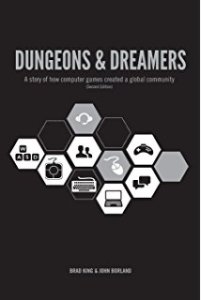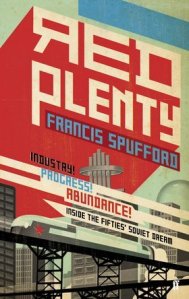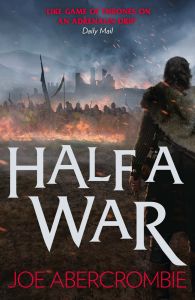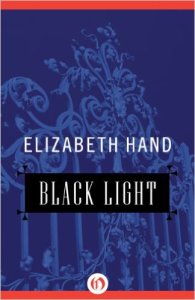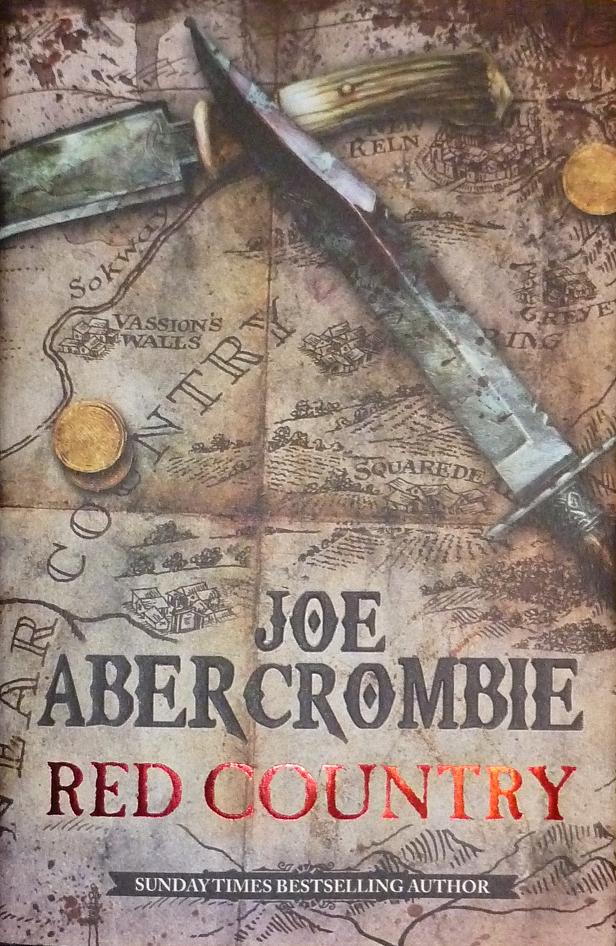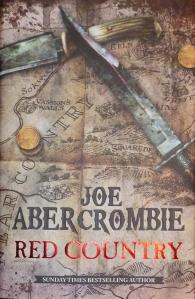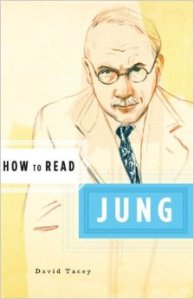It’s not you, it’s me.
Combine a lack of wherewithal for routine blogging with a (sometimes) obsessive perfectionism, and you get this blog: A schizophrenic little nugget in which the owner (that is, me) tries to write daily or semi-daily and ends up quitting in frustration…only to reconsider and begin blogging again. Now repeat the cycle about 203920910p21jap-p09 times. Welcome to Books, Brains & Beer! (No Oxford comma, thanks.)
That said, I’ve relaxed a bit over the past few years. I’ve matured. I’m a little wiser, and a little less naive. And I reserve the right to blog when and how I want to; hence this post. I can’t say I’m (currently) inclined to attempt full length book reviews, but I still enjoy sharing what I’ve read and talking books with my blogger buddies, so how’s about a happy medium? I’ll write two-sentence reviews of (most of) the books I read during 2016. (At least, those books not otherwise listed in previous posts.)
Fiction
Ghost Stories of an Antiquary, More Ghost Stories of an Antiquary, A Thin Ghost and Others, M. R. James. James is among the undisputed masters of the English ghost story, and tales such as “Oh, Whistle, and I’ll Come to You, My Lad” and “The Mezzotint” show why. As I proceeded chronologically through James’s works, I felt the quality began to decline.
Europe in Autumn, Dave Hutchinson. Set in a near-future Europe rife with borders and microstates, Europe in Autumn is sort of an espionage thriller with a sci-fi twist. I enjoyed it quite a lot, but thought there were some structural issues.
The Rest of Us Just Live Here, Patrick Ness. Ness, who is apparently a rock star in the world of YA fiction (Who knew?), pens in The Rest of Us Just Live Here a safe and comfy story of a group of friends who are not “the chosen ones.” An entertaining send-up of YA conventions.
Dark Matter, Blake Crouch. Like The Wayward Pines Trilogy, Dark Matter is destined to be adapted for screen. Plot-driven candy.
Doomsday Book, Connie Willis. In the near future, historians study the past by traveling through time, in this case to plague-ravaged England. Willis has a command of relentlessly grim period details but, as with similar stories, I was annoyed by the arbitrary rules imposed upon time travel.
Every Heart a Doorway, Seanan McGuire. I read this one after encountering a glowing review by Cory Doctorow. In doing so, I learned two things about myself: 1. I probably don’t like the same things that Doctorow does, and; 2. I’m probably done reading YA forever.
The Incorruptibles, John Hornor Jacobs. This “fantasy western” of sorts, in which our pioneer heroes use demon-powered firearms to fight indigenous feral elves, disappointed me. It read like a D&D dungeon master ported his player’s handbook into what he thought might be a unique setting for a campaign.
The League of Extraordinary Gentlemen, Volume 1, Alan Moore. A brutal and fun reimagining of well-known Victorian characters. I recommend this one.
A Monster Calls, Patrick Ness. I read more YA last year than is usual for me, and this was the best of the bunch. I became (unexpectedly) emotionally involved.
The Phantom Coach: A Connoisseur’s Collection of Victorian Ghost Stories, Michael Sims. An excellent collection of ghost stories, my favorite of which was Arthur Conan Doyle’s “The Captain of the Pole-Star.” Of course, these are all public domain now, so you can find them elsewhere.
The Empty House and Other Ghost Stories, Algernon Blackwood. Blackwood is considered one of the scions of “weird fiction” and was an influence on Lovecraft. An entertaining collection of stories marked by much better writing than that of the creator of Cthulhu.
My Revolutions, Hari Kunzru. A vividly told story of a former sixties radical. One of the best written books I read through 2016.
Major Pettigrew’s Last Stand, Helen Simonson. Simonson’s book is often pushed as a romance–which it is, between a fastidious English retiree and a Pakistani-English shopowner–but it’s really a comedy of manners. The documentation of Major Pettigrew’s foibles amused me to no end.
Nonfiction
Anatomy of an Epidemic: Magic Bullets, Psychiatric Drugs, and the Astonishing Rise of Mental Illness in America, Robert Whitaker. A necessary corrective to the notion that popping some pills can make one happy. But take it with a grain of salt: Whitaker is a journalist, not a doctor or researcher.
Jung’s Map of the Soul: An Introduction, Murray Stein. Stein imagines Jung’s psychology in geographic terms, which can be helpful given how abstract it becomes. A sympathetic and approachable introduction to “depth psychology.”
Dungeons & Dreamers: A Story of How Computer Games Created a Global Community, Brad King. Really very interesting introduction to the gaming industry in the 1980s and 1990s, but it’s misnamed. The influence of D&D on video games is acknowledged but glossed over, so keep that in mind.
The Depths: The Evolutionary Origins of the Depression Epidemic, Jonathan Rottenberg. Rottenberg asks, “What might be the evolutionary purpose of depression?” An interesting (if somewhat speculative) approach.
The Santa Muerte: The Origins, History, and Secrets of the Mexican Folk Saint, Gustavo Vazquez Lozano. A pithy introduction to a figure that’s becoming better known in the United States. Superficial, but Lozano disagrees with some of the better known academic sources.
Last but not least, where the f*ck do I put Francis Spufford’s Red Plenty? It’s neither fiction nor history, and two sentences can’t do it justice. Red Plenty is a semi-fictionalized account of the Soviet planned economy of the 1960s. It may sound dull; it’s anything but. Each chapter focuses on a different character (some real, some composite) and their travails as the promise of communism, which seemed assured in 1960, glides out of reach through the decade. Probably the best book I read in 2016.
